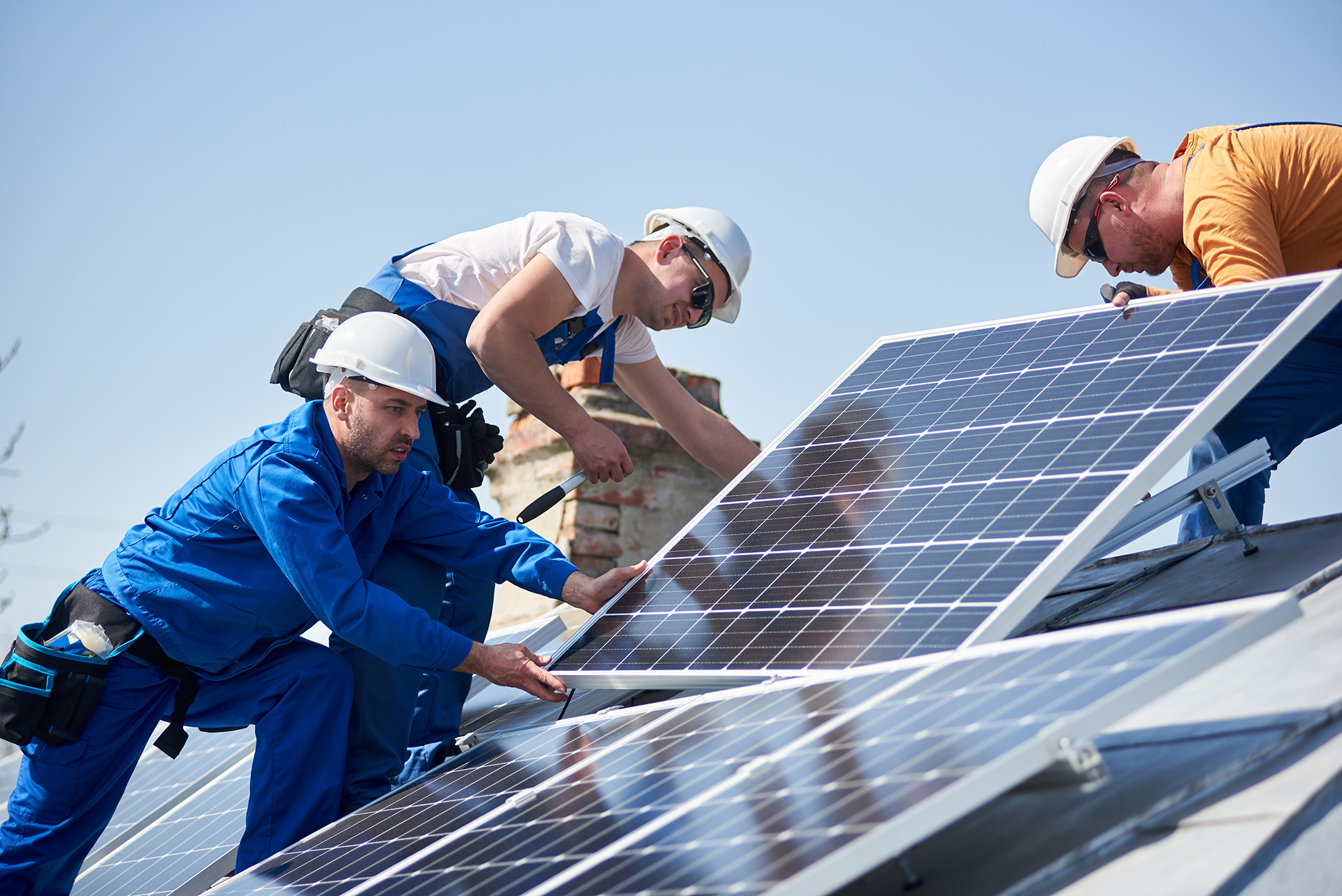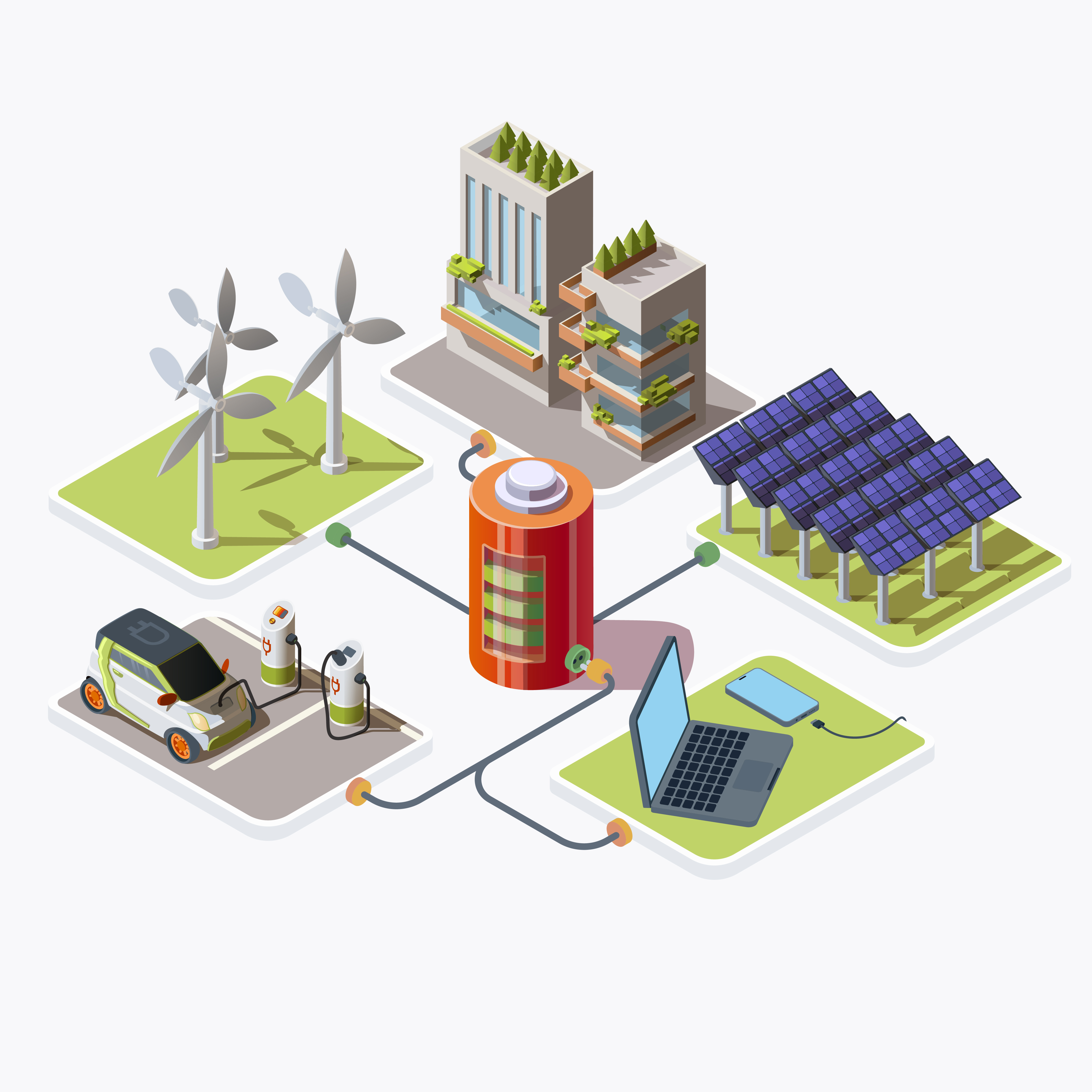Table of Contents
ToggleIntroduction
In recent years, the automotive industry has undergone a significant transformation with the rise of electric vehicles (EVs). As more consumers embrace the benefits of EVs, the need for convenient and accessible charging infrastructure has become increasingly apparent. One solution that has gained traction is the installation of home EV charging stations. In this comprehensive guide, we will explore the future of home mobility and the importance of investing in home EV charging stations.
Introduction to Home EV Charging Stations
Home EV charging stations, also known as electric vehicle supply equipment (EVSE), are devices that allow EV owners to charge their vehicles conveniently at home. These stations are typically installed in residential garages or driveways and provide a reliable and cost-effective way to recharge EV batteries.
The demand for electric vehicles (EVs) has been steadily increasing in recent years, driven by factors such as rising fuel costs, environmental concerns, and advancements in battery technology. With major automakers introducing an increasing number of EV models to the market, more consumers are making the switch to electric mobility.
There are several benefits to investing in home EV charging stations. Firstly, they provide the convenience of charging your EV overnight or during off-peak hours, ensuring that your vehicle is always ready to go when you need it. Additionally, home charging stations can save EV owners money compared to public charging options, as electricity rates are typically lower at home.
Types of Home EV Charging Stations
There are three main types of home EV charging stations: Level 1, Level 2, and Level 3. Level 1 charging stations use a standard 120-volt household outlet and are the most basic option. Level 2 charging stations require a 240-volt electrical supply and offer faster charging speeds. Level 3 charging stations, also known as DC fast chargers, provide the fastest charging times but require special equipment and installation.
Level 1 charging stations are the simplest and most affordable option for home EV charging. They use a standard 120-volt household outlet, which means that no additional electrical work is required to install them. However, Level 1 charging is also the slowest option, typically providing around 2-5 miles of range per hour of charging.
Level 2 charging stations offer faster charging speeds compared to Level 1 stations. They require a 240-volt electrical supply, which may necessitate the installation of a dedicated circuit and outlet by a qualified electrician. Level 2 charging stations are capable of providing around 10-20 miles of range per hour of charging, making them suitable for overnight charging.
Installation Process of Home EV Charging Stations
The installation process for a home EV charging station will vary depending on the type of station and the specific requirements of your property. For Level 1 charging stations, installation is relatively straightforward and can often be done by the homeowner without the need for professional assistance. However, Level 2 and Level 3 charging stations may require the services of a qualified electrician to ensure proper installation and compliance with local building codes and regulations.
While some homeowners may choose to install their home EV charging stations themselves, it’s essential to consider the potential safety and liability risks associated with DIY installation. Professional installation by a qualified electrician ensures that the charging station is installed correctly and safely, minimizing the risk of electrical hazards or damage to the property.
Many home EV charging stations offer integration with smart home technology, allowing users to monitor and control charging remotely using smartphone apps or voice commands. Smart charging features such as scheduling, energy management, and real-time monitoring can help optimize charging efficiency, reduce energy costs, and maximize the lifespan of EV batteries.
Compatibility with Different EV Models
When selecting a home EV charging station, it’s crucial to ensure compatibility with your EV model. While most charging stations are compatible with a wide range of EVs, some may require additional adapters or accessories to work with certain makes and models. Be sure to check the specifications and compatibility requirements of the charging station before making a purchase.
To encourage the adoption of electric vehicles and home EV charging infrastructure, governments at the federal, state, and local levels offer various incentives, rebates, and tax credits for EV purchases and charging station installations. These incentives can help offset the upfront costs of purchasing and installing a home EV charging station, making it more affordable for homeowners.
One of the significant benefits of home EV charging stations is their positive impact on the environment. By using electricity from renewable sources such as solar or wind power, EV owners can reduce their carbon footprint and lower greenhouse gas emissions compared to traditional gasoline-powered vehicles. Additionally, home charging allows EV owners to take advantage of off-peak electricity rates, further reducing their environmental impact.
Increasing Accessibility to Electric Mobility
Home EV charging stations play a crucial role in increasing accessibility to electric mobility for a wide range of consumers. By providing a convenient and cost-effective way to charge EVs at home, these stations remove barriers to adoption and encourage more people to make the switch to electric transportation. This increased accessibility is essential for accelerating the transition to a cleaner, more sustainable transportation system.
Range anxiety, or the fear of running out of battery charge while driving, is a common concern among EV owners. Home EV charging stations help alleviate range anxiety by providing a reliable and convenient way to recharge EV batteries overnight or during downtime. This ensures that EV owners always have enough range to reach their destinations with confidence, even on longer trips.
Proper maintenance and care are essential for ensuring the longevity and performance of home EV charging stations. Regular tasks such as cleaning the charging connectors, inspecting cables for damage, and checking for software updates can help prevent malfunctions and ensure smooth operation. Additionally, it’s essential to follow manufacturer guidelines and safety precautions when using and maintaining the charging station.
Future Trends in Home EV Charging Technology
The future of home EV charging technology is promising, with ongoing advancements in charging speed, efficiency, and connectivity. Wireless charging technology, inductive charging pads, and bidirectional charging capabilities are just a few of the innovations that are expected to shape the future of home EV charging. These advancements will make home charging even more convenient and accessible for EV owners.
As the adoption of electric vehicles continues to grow, there will be an increasing demand for home charging infrastructure. This will require upgrades to existing electrical systems and potentially the installation of additional charging capacity to accommodate multiple EVs per household. Proper planning and coordination with qualified electricians will be essential to ensure that home infrastructure can support the growing demand for EV charging.
Despite their many benefits, home EV charging stations may raise some concerns among homeowners, such as installation costs, electrical capacity, and compatibility with existing infrastructure. Addressing these concerns through education, outreach, and support services can help alleviate doubts and promote wider acceptance of home EV charging technology.
Scalability and Expandability of Home EV Charging Solutions
Home EV charging solutions are designed to be scalable and expandable, allowing homeowners to add additional charging capacity as needed. This scalability is essential for accommodating changes in household EV ownership and charging patterns over time. Whether you have one EV or multiple vehicles, home charging solutions can be customized to meet your specific needs and requirements.
For homeowners with existing properties, retrofitting with EV charging infrastructure may require additional planning and investment. This could involve upgrading electrical systems, installing dedicated circuits, and ensuring proper grounding and safety measures. Working with experienced electricians and contractors can help streamline the retrofitting process and ensure compliance with building codes and regulations.
Public perception and acceptance of home EV charging stations play a crucial role in driving adoption and investment in charging infrastructure. Educating consumers about the benefits of home charging, addressing concerns about cost and convenience, and showcasing successful installations can help build confidence and trust in EV technology.
Resale Value and Property Market Trends
The presence of home EV charging stations can positively impact the resale value and marketability of properties. Studies have shown that homes with EV charging infrastructure tend to sell faster and at higher prices compared to similar properties without charging capabilities. As more buyers prioritize sustainability and energy efficiency, home EV charging stations are becoming a desirable feature in the real estate market.
Ensuring the security and safety of home EV charging stations is essential for protecting both the charging infrastructure and the property itself. Measures such as secure mounting, tamper-resistant enclosures, and integrated security features can help prevent theft, vandalism, and unauthorized access. Additionally, adherence to electrical safety standards and regular maintenance inspections are critical for minimizing risks and ensuring safe operation.
The widespread adoption of home EV charging stations has the potential to enhance grid resilience and stability by decentralizing energy consumption and promoting distributed charging. By spreading out charging demand across different locations and times, home charging can help reduce peak loads on the grid and minimize the need for costly infrastructure upgrades. This distributed approach to charging can contribute to a more resilient and sustainable energy system.
Integrating Renewable Energy Sources with Home EV Charging
Integrating renewable energy sources such as solar or wind power with home EV charging stations can further enhance their environmental benefits. By generating clean electricity onsite and using it to power EVs, homeowners can reduce their reliance on fossil fuels and lower their carbon footprint. Smart energy management systems can optimize the use of renewable energy for charging, ensuring maximum efficiency and sustainability.
Smart thermostats offer advanced features and capabilities that complement heat pump systems, allowing users to monitor and control indoor comfort settings remotely via smartphone apps or voice commands. By integrating smart thermostats with heat pumps, property owners can optimize energy usage, customize heating and cooling schedules, and receive real-time insights into system performance and efficiency.
Advancements in heat pump technology continue to drive improvements in efficiency, performance, and reliability, making them an increasingly attractive option for heating and cooling applications. From variable-speed compressors and advanced refrigerants to integrated control systems and predictive maintenance algorithms, ongoing research and development efforts are pushing the boundaries of what’s possible with heat pump technology.
Conclusion
In conclusion, home EV charging stations are poised to play a significant role in the future of home mobility and electric transportation. By providing a convenient, cost-effective, and environmentally friendly way to charge EVs at home, these stations offer numerous benefits for consumers, communities, and the planet. Investing in home EV charging infrastructure is not only a smart financial decision but also a step towards building a more sustainable and resilient transportation system for future generations. As electric vehicles continue to gain popularity and adoption, the importance of home charging infrastructure will only continue to grow. It’s time to embrace the future of home mobility and invest in home EV charging stations today.
FAQs
What is a home EV charging station?
A home EV charging station, also known as electric vehicle supply equipment (EVSE), is a device installed in residential properties that allows EV owners to recharge their vehicles conveniently at home.
How does a home EV charging station work?
Home EV charging stations use electricity to recharge the battery of an electric vehicle. They are typically connected to a power source, such as a standard household outlet or a dedicated charging circuit, and provide a safe and efficient way to charge EVs overnight or during off-peak hours.
What are the benefits of installing a home EV charging station?
There are several benefits to installing a home EV charging station, including convenience, cost savings, and environmental sustainability. Home charging stations allow EV owners to recharge their vehicles at home, saving time and eliminating the need to visit public charging stations. Additionally, home charging is often more cost-effective than public charging options, and it allows EV owners to take advantage of off-peak electricity rates. By using electricity from renewable sources, home EV charging stations can also help reduce greenhouse gas emissions and promote environmental sustainability.
What types of home EV charging stations are available?
There are three main types of home EV charging stations: Level 1, Level 2, and Level 3. Level 1 charging stations use a standard 120-volt household outlet and provide a slow charging speed. Level 2 charging stations require a 240-volt electrical supply and offer faster charging speeds. Level 3 charging stations, also known as DC fast chargers, provide the fastest charging times but require special equipment and installation.
How much does it cost to install a home EV charging station?
The cost of installing a home EV charging station can vary depending on factors such as the type of station, installation requirements, and local labor rates. Level 1 charging stations are the most affordable option, with prices typically ranging from $200 to $600. Level 2 charging stations are more expensive, costing anywhere from $500 to $2,000, depending on the features and capabilities of the station.
Can I install a home EV charging station myself, or do I need professional installation?
While some homeowners may choose to install their home EV charging stations themselves, professional installation by a qualified electrician is recommended. Professional installation ensures that the charging station is installed correctly and safely, minimizing the risk of electrical hazards or damage to the property.







